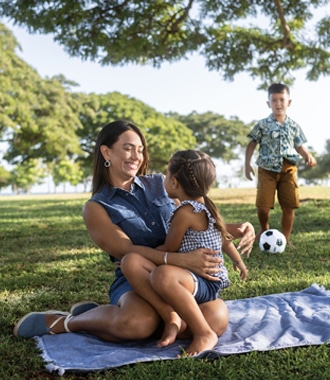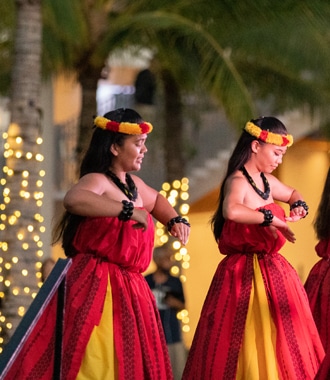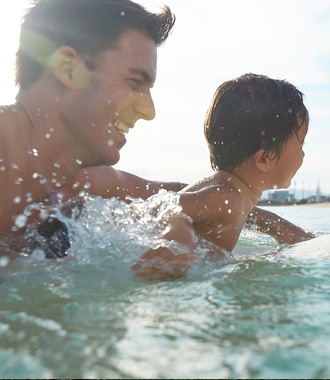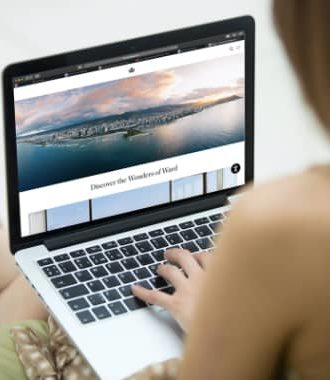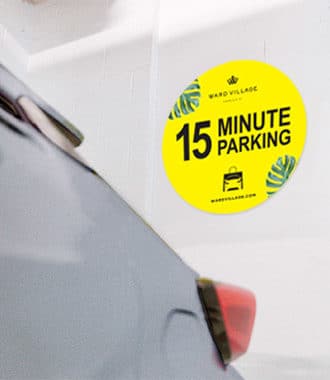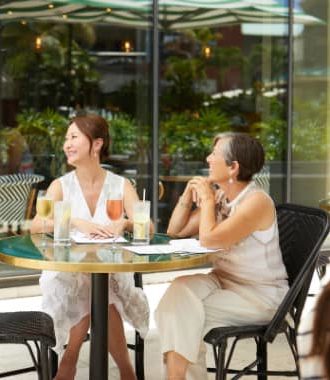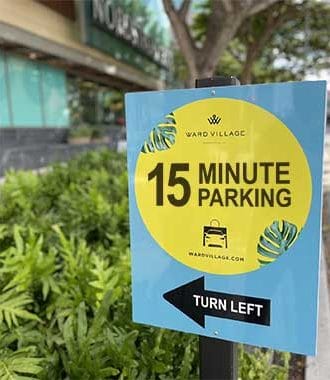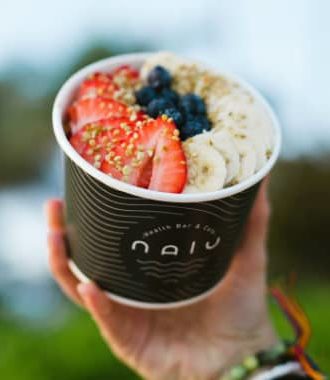A Brief History of Surfing in Hawaiʻi
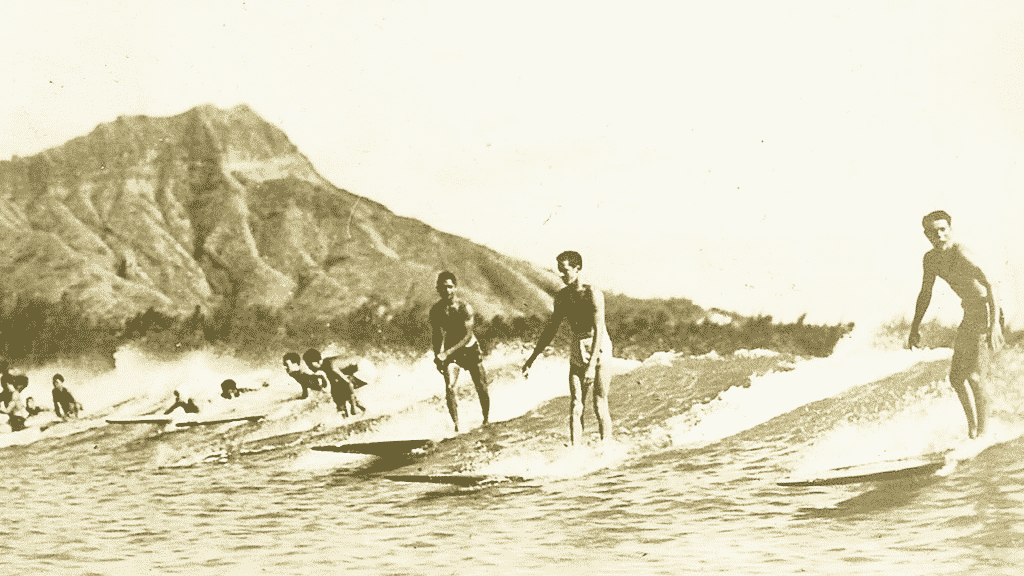
Standing on the shoreline at Ehukai Beach Park, John John Florence, a towheaded world champion from the North Shore, casts his ice-blue eyes toward surfing’s most famous wave: Pipeline.
Under his tanned arm is a bright-white surfboard emblazoned with the logos of a half-dozen sponsors that pay him handsomely. John John, as he’s more simply known, is the heir apparent to surfing’s crown. He has fan clubs and travels the world competing in an array of elaborate competitions that has made him a household name. Simply put, in the surf world, John John is king. Million-dollar deals, throngs of fans, sponsorships, and an entire industry have sprung out of the simple joy of riding waves. So just how the heck did we get here? Just how did a nice kid from Pupukea with two first names become so renowned?
Let’s go back in time for a moment to 18th century Hawai’i. He’e nalu, or wave-sliding, is a favorite pastime of Native Hawaiians who ride massive surfboards cut from thick slabs of wood. For the original surfers, who favored a variety of waves on each and every island, surfing was a part of their culture, a beloved act where both the commoners and ali’i could enjoy nature at its finest. Although the ali’i (members of the ruling class) often surfed special boards and lineups, surfing was an act that belonged to the people of Hawai’i and, much like the aforementioned John John Florence, the best surfers were often highly regarded for their skill in the surf.
In the late 18th century, Lieutenant James King, serving aboard the famed HMS Discovery, was one of the first people to witness Hawaiians surfing and wrote about in his journal. “They, sometimes 20 or 30, go surf and lay themselves flat upon an oval piece of plane about their size… once a swell sets on shore, it sends them in with a most astonishing velocity…this is an amusement, not a trial of skill… I conceive it to be very pleasant and they seem to feel a great pleasure in this exercise.”
Many of Honolulu’s most famous lineups today can actually trace their lineage back to Hawaiian surfers of old. Kalehuawehe (which is now known as Castle’s), ʻAiwohi (Publics), and Kapuni (Canoes) were all popular breaks on O’ahu hundreds upon hundreds of years ago and draw thousands of surfers to their lineups today.
So how did surfing make its way from these treasured islands to the rest of the world? As it turns out, three Hawaiian princes brought surfing to Santa Cruz, California in July of 1885 while attending military school. The young men, who rode boards cut from California redwood, surfed the San Lorenzo river mouth, effectively becoming the first people to ride a wave in California. Years later, legendary Hawaiian surfer George Freeth put on multiple surfing exhibitions throughout Southern California and laid the framework for what would become the state’s love affair with the sport. Under the watchful eye of one of Hawaii’s great ambassadors, Duke Kahanamoku helped bring the sport to Australia and kick-started a passion for wave-riding that’s integral to Australian culture today.
In the late 1950s, surf culture in Southern California began to take route as residents along the coast began to realize that their own backyard was riddled with surf. In 1962, Surfer Magazine was born, which helped spread surf culture to anyone with a mailbox. And in 1964, filmmaker Bruce Brown released his now famous cult film The Endless Summer. American pop culture, in thanks to the likes of the Beach Boys and Gidget, was truly surf-crazed by the 1970s. Oh how quickly this age-old Hawaiian pastime became a ubiquitous thread in American culture.
While surfing had caught fire on the mainland in the 1960s and breaks like Trestles, Malibu, and Rincon offered up world-class waves, Hawai’i was still considered the place to be if you were a surfer. For many a bygone waverider, the reefs of Waikīkī and Ala Moana were home to some of the most revered waves, but by the mid- to-late 1960s (thanks to crew of fearless individuals) menacing waves like Pipeline were now consistently being surfed for the first time. In 1970, the first Pipeline Masters was held and future legends like Gerry Lopez, who became famous for his barrel-ridings skills at Ala Moana Bowls, would go on to change the way we collectively ride waves forever.
Fast-forward to today and surfing has become a multi-billion industry, with surfers living and surfing in all parts of the globe. Events like the ongoing Triple Crown draw millions of dollars of revenue into the state and Hawai’i continues to be considered the mecca of the spot, a proving ground of sorts. This is where it all began, just steps from Ward Village, and where every surfer worth his salt yearns to test his mettle. To bask in the same lineups where kings once surfed, to stare down a set wave at Sunset Beach, to snag a session at Kewalo Harbor, Hawai’i has always, and will continue to be, the home of surfing.
(Historical photo courtesy of Tropic~7 on Flickr’s Creative Commons.)
